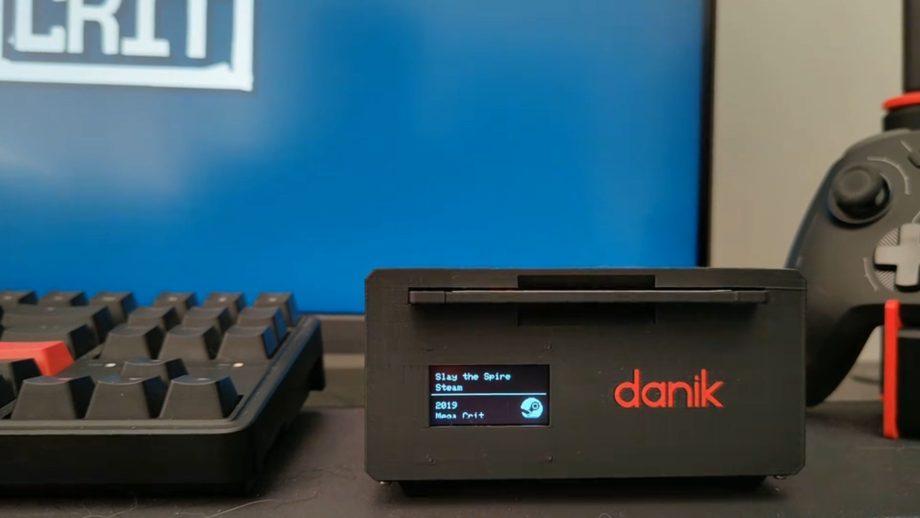I’m sure this will be one for all of those who actually used floppy disks back in the day—a veritable nostalgia hit—but it’s also for people like me who just about missed that era of computing. I remember computers having floppy disk drives, but by the time I was regularly using a PC, it was all CD and DVD. Now, I can get a chance to use those gloriously flat and solid little drives with open source project RFIDisk (via Hackaday).
Well, I can do so provided I have a 3D printer. Which I do not—bummer. And if I use Linux, which again I do not (not anymore, anyway). Still, a man can dream, and this man is dreaming of popping floppy disks into an RFID scanner. Which is what this thing is, by the way: It doesn’t actually read the floppy disk, it just fits a floppy disk and scans an RFID code to boot up apps on a connected PC.
As the creator ItsDanik explains: “RFIDisk turns RFID tags into physical shortcuts that launch games, apps, or scripts when inserted on a retro-styled ‘floppy drive’ reader. Think of it as a cross between an RFID scanner and a USB floppy disk drive.”






